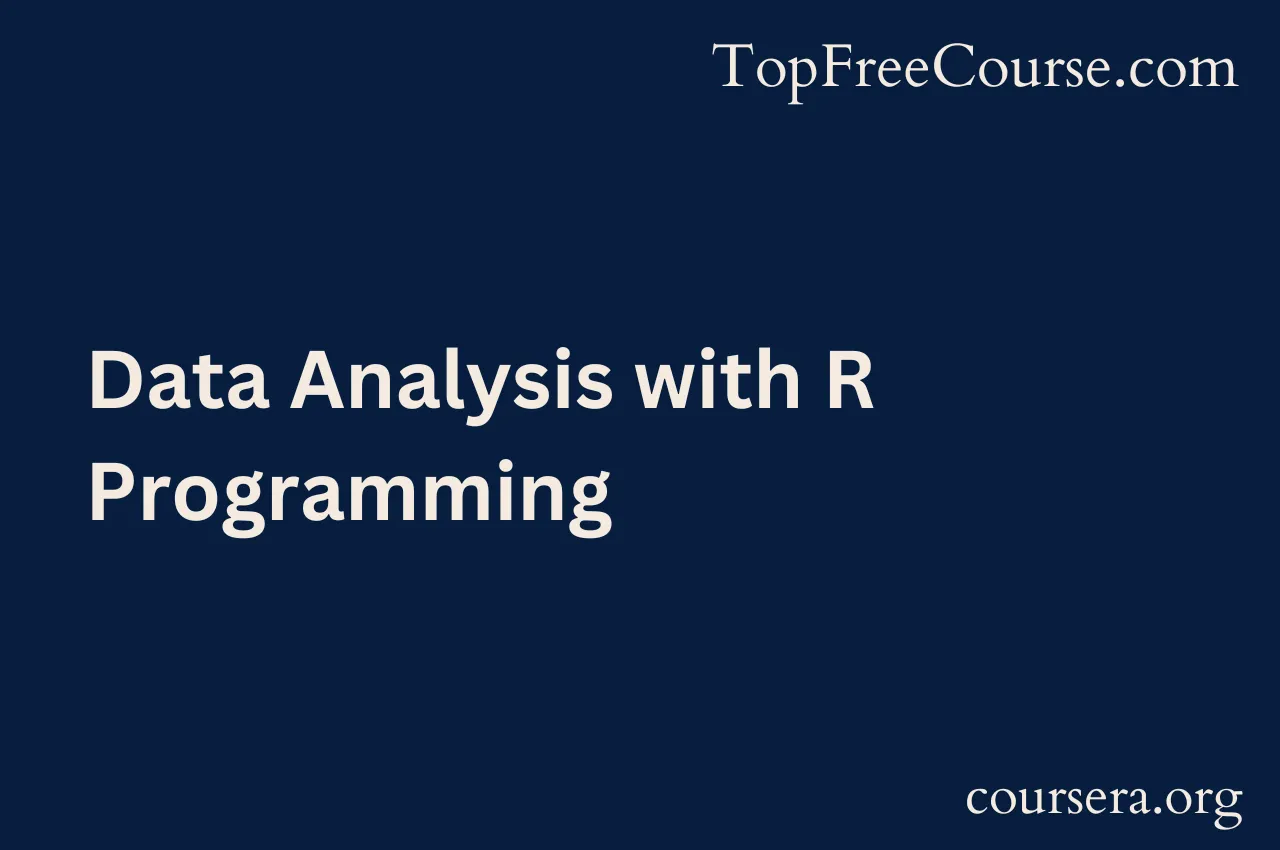What Will You Learn?
Describe the R programming language and its programming environment
Explain the fundamental concepts associated with programming in R including functions, variables, data types, pipes, and vectors
Describe the options for generating visualizations in R
Demonstrate an understanding of the basic formatting R Markdown to create structure and emphasize content
About This Course
Provider: Coursera
Format: Online
Duration: 36 hours to complete [Approx]
Target Audience: Beginners
Learning Objectives: After completing this free course, you'll be equipped to apply for introductory-level jobs as data analysts.
Course Prerequisites: NA
Assessment and Certification: NA
Instructor: Google
Key Topics: Data Analysis, R Markdown, Data Visualization (DataViz), R Programming, Rstudio
Topic Covered:
- - Introduction to the exciting world of programming
- - Fun with R
- - Carrie: Getting started with R
- - Programming languages
- - Introduction to R
- - Intro to RStudio
- - Programming using RStudio
- - Programming fundamentals
- - Operators and calculations
- - The gift that keeps on giving
- - Welcome to the tidyverse
- - More on the tidyverse
- - Working with pipes
- - Data in R
- - R data frames
- - Working with data frames
- - Cleaning up with the basics
- - Organize your data
- - Transforming data
- - Same data, different outcome
- - The bias function
- - Visualizations in R
- - Visualization basics in R and tidyverse
- - Getting started with ggplot()
- - Joseph: Career path to people analytics
- - Enhancing visualizations in R
- - Doing more with ggplot
- - Aesthetics and facets
- - Annotation layer
- - Documentation and reports
- - Overview of R Markdown
- - Using R Markdown in RStudio
- - Structure of markdown documents
- - Meg: Programming is empowering
- - Even more document elements
- - Code chunks
- - Exporting documentation

Comments